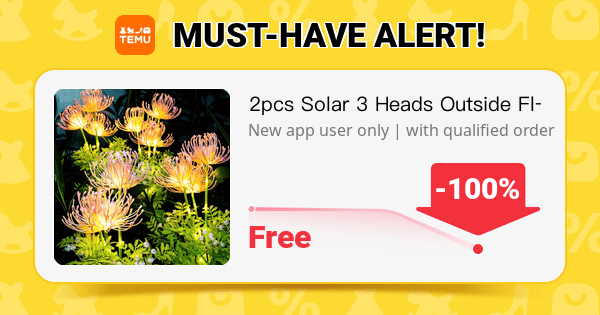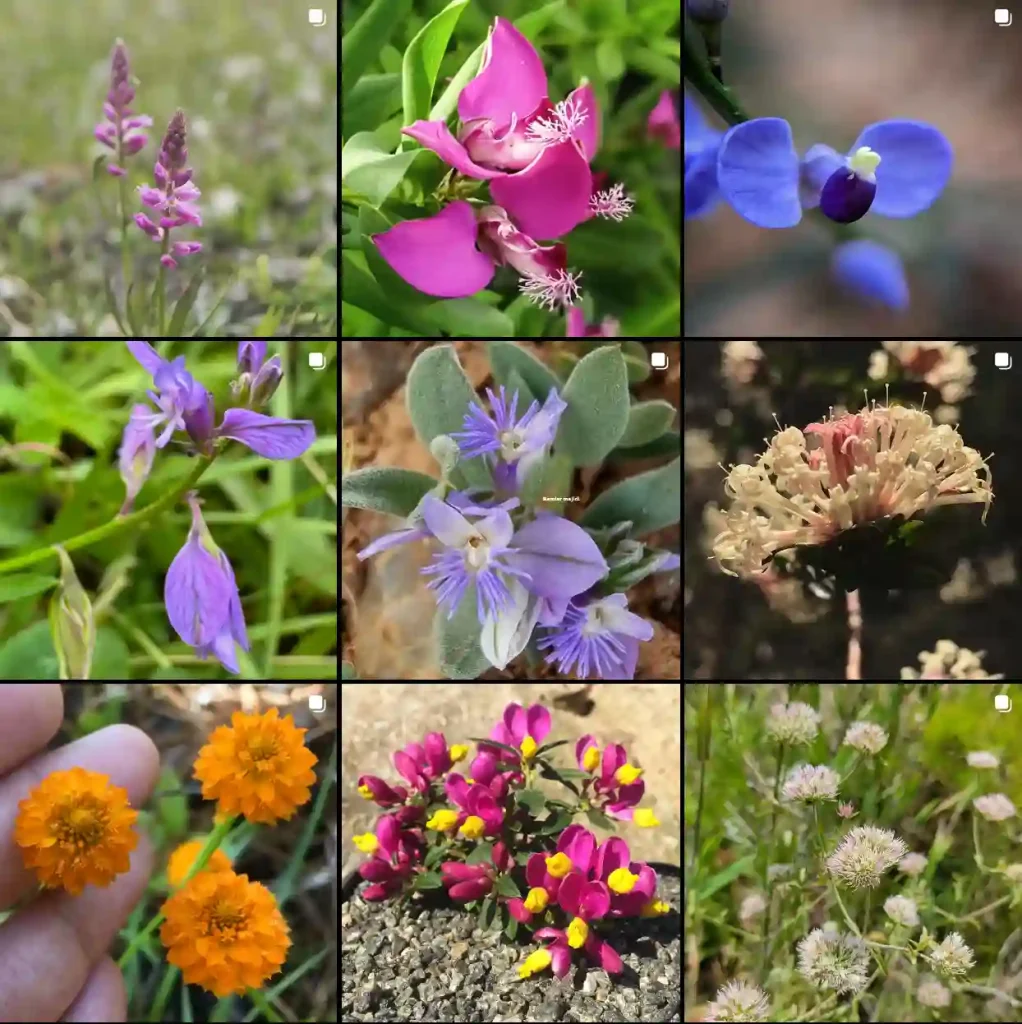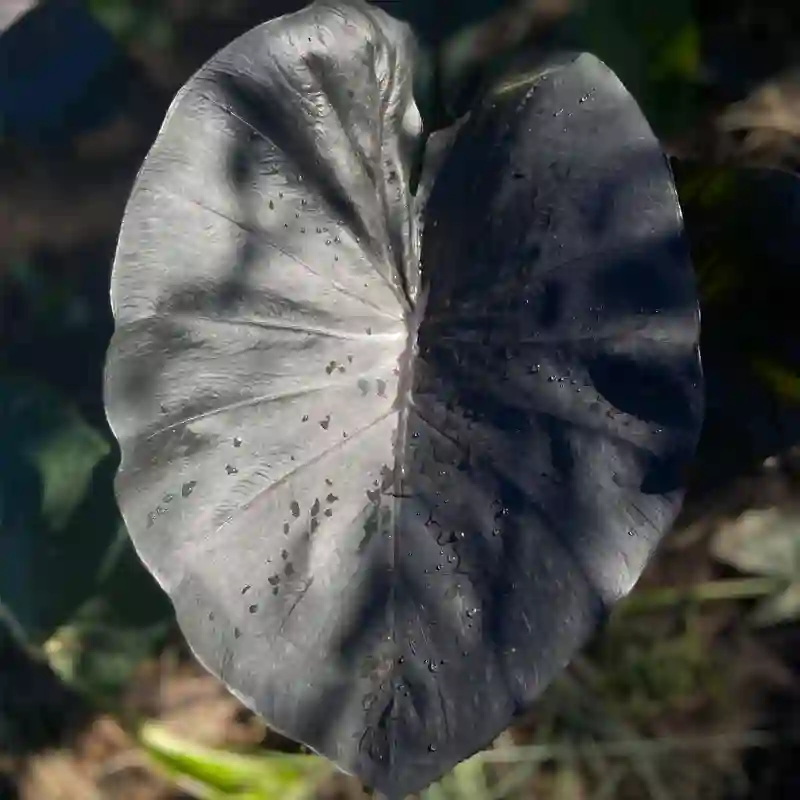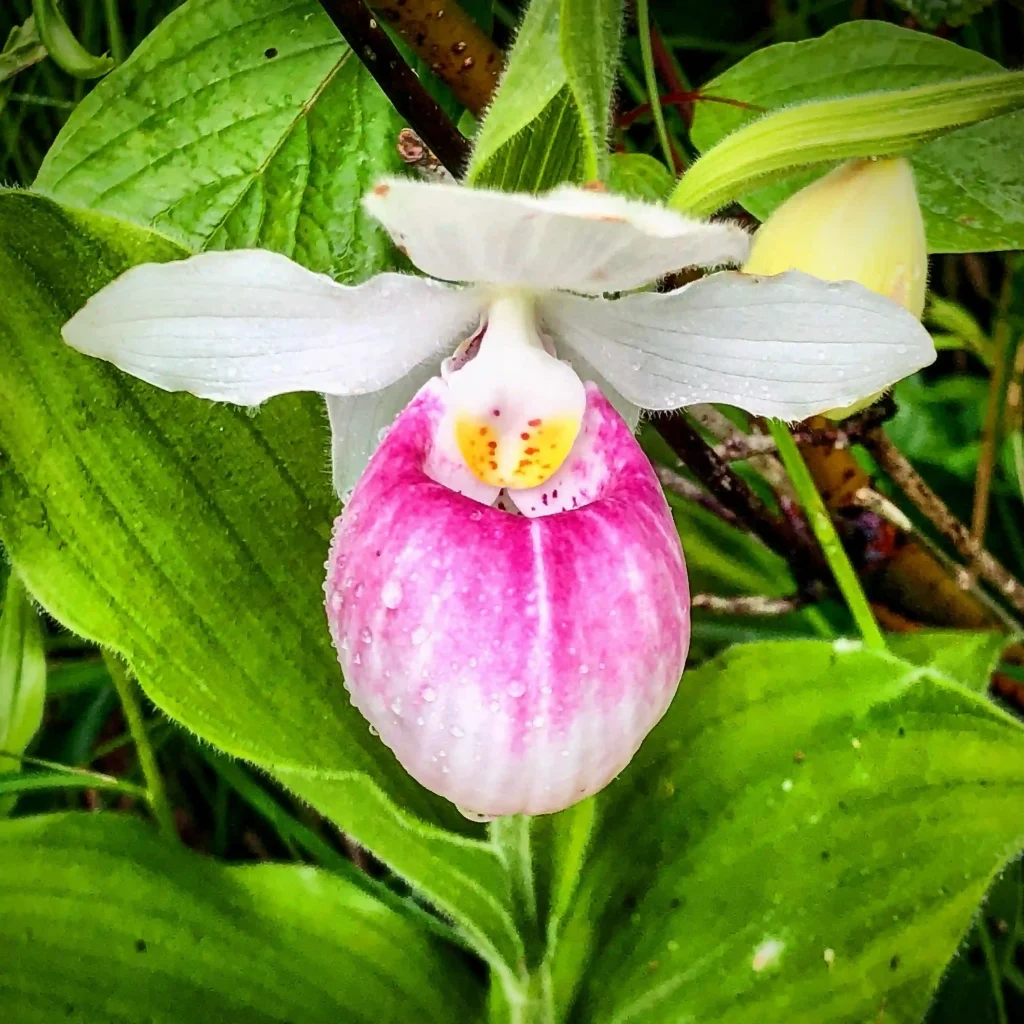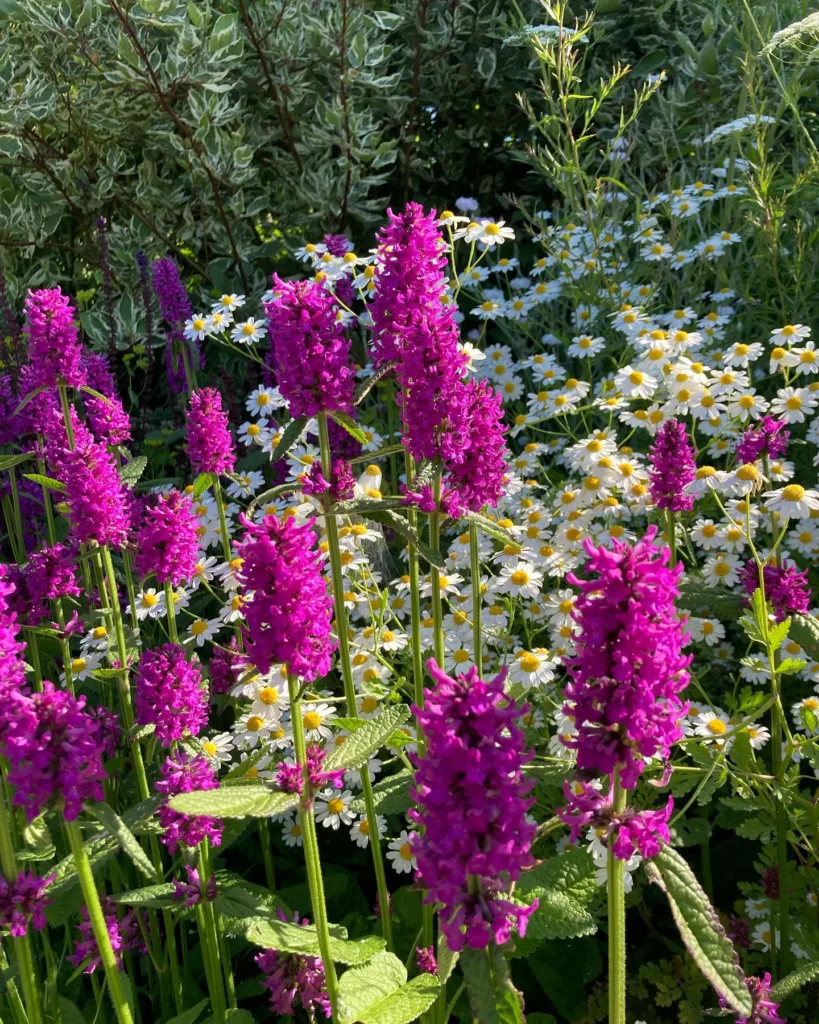
Platycerium Alcicorne: An FAQ for the Staghorn Fern Enthusiast
Hi there, Ferb Vu here, and I’m a passionate plant enthusiast with a particular fondness for the majestic Platycerium Alcicorne, also known as the Elkhorn Fern. This architectural wonder is a true conversation starter, and I constantly get questions about it. So, I decided to compile a little FAQ to quench your curiosity about this captivating fern.
What is Platycerium Alcicorne?
The Platycerium Alcicorne is an epiphytic fern, meaning it thrives by growing on other plants or structures in its natural habitat. It hails from Madagascar, the Seychelles, Comoros Islands, Mozambique, and Zimbabwe, bringing a touch of the tropics wherever it’s found.
This fern boasts two distinct frond types. The sterile, shield-like fronds hug the mounting surface, providing support and moisture retention. In contrast, the fertile fronds, with their deep green, forking fronds, reach skyward, creating a stunning display.
Elkhorn Fern vs. Staghorn Ferns: What’s the Difference?
Both Elkhorn Fern and Staghorn Ferns belong to the Platycerium genus, so the distinction can be subtle. Here’s a quick breakdown:
- Elkhorn Fern (Platycerium Alcicorne): This species has wider, flatter fertile fronds that resemble elk antlers, hence the name. The sterile shield fronds tend to be smooth and waxy.
- Staghorn Ferns (Various Platycerium Species): This term encompasses a broader range of Platycerium ferns. The fertile fronds can be more upright and elongated compared to the Elkhorn’s, sometimes resembling staghorn antlers.
While there are subtle variations, both Elkhorn and Staghorn Ferns share similar care requirements and captivating beauty.
How Do I Care for My Platycerium Alcicorne?
Providing the right environment is key to keeping your Elkhorn Fern happy. Here’s what you need to know:
- Light: Elkhorn Ferns prefer bright, indirect sunlight. Avoid harsh, direct sun, which can scorch the fronds.
- Watering: Water deeply when the potting mix feels dry to the touch. Allow for good drainage to prevent root rot.
- Humidity: These ferns thrive in moderate to high humidity. Misting regularly or using a pebble tray filled with water can help maintain humidity levels.
- Fertilizing: Feed your Elkhorn Fern with a balanced liquid fertilizer monthly during the growing season (spring and summer).
- Mounting: Elkhorn Ferns don’t require traditional pots. Mount them on a bark slab, driftwood, or a wire frame to mimic their natural epiphytic growth.
Elkhorn Fern vs. Bird’s Nest Fern: Which One Should I Get?
Both Elkhorn and Bird’s Nest Ferns (Asplenium nidus) are epiphytes with architectural appeal. Here’s a comparison to help you decide:
- Growth Habit: Elkhorn Ferns have a more sprawling, antler-like form. Bird’s Nest Ferns have a rosette-shaped structure with upright, strap-like fronds.
- Light Requirements: Elkhorn Ferns prefer bright, indirect light. Bird’s Nest Ferns can tolerate lower light conditions.
- Watering Needs: Both require watering when the potting mix dries out, but Elkhorn Ferns might need slightly more frequent watering due to their larger size.
Ultimately, the choice depends on your preference. Elkhorn Ferns are showstoppers with their dramatic form, while Bird’s Nest Ferns offer a more compact, elegant look.
Where Can I Buy a Platycerium Alcicorne?
Elkhorn Ferns are becoming increasingly popular, but they might not be readily available at your local garden center. Here are some options:
- Online Plant Retailers: Many online plant stores offer Elkhorn Ferns in various sizes.
- Specialty Plant Nurseries: Nurseries specializing in rare or exotic plants might stock Elkhorn Ferns.
- Plant Shows and Events: Keep an eye out for plant shows or events where you might find unique plant vendors selling Elkhorn Ferns.
Additional Tips for Elkhorn Fern Success
- Regularly remove dead fronds: This improves air circulation and aesthetics.
- Repotting: Repot your Elkhorn Fern every few years as the plant matures, using a fresh orchid bark mix for optimal drainage.
- Pests and Diseases: Elkhorn Ferns are generally resistant to pests and diseases. However, keep an eye out for mealybugs and scale insects, which can be treated with insecticidal soap.
With proper care, your Platycerium Alcicorne will reward you with years of lush growth and captivating beauty. Its architectural form and contrasting textures make it a focal point in any indoor space. Elkhorn Ferns are air purifiers, naturally filtering toxins from the environment, adding another layer of benefit to their visual appeal. With a little patience and these handy tips, you can cultivate a thriving Elkhorn Fern that will become a cherished part of your indoor jungle.
